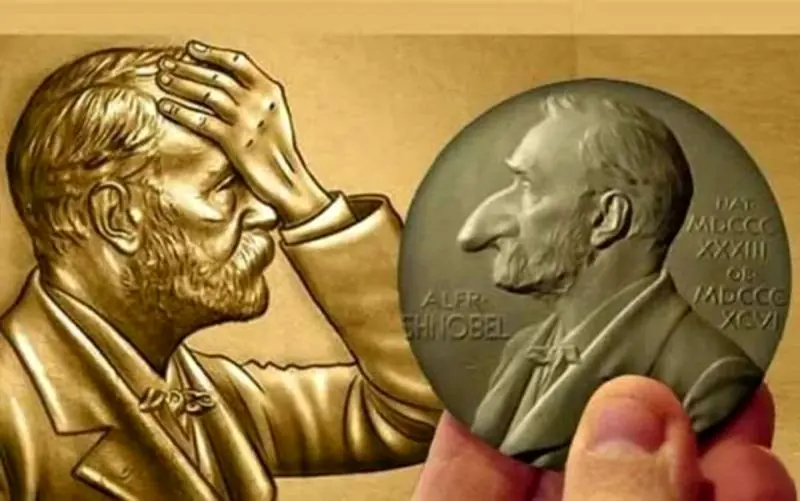
The Ig Nobel Prize, a parody award with a twist, gets its name from a caricature of Alfred Nobel on its medal, featuring an elongated nose—hence the term “shnobel.” The English name, Ig Nobel Prize, plays on the word “ignoble,” which translates to “dishonorable.” This humorous recognition of absurd discoveries and achievements was proposed on September 14, 1991, by witty journalists from the American satirical magazine “Annals of Improbable Research.” The founders established the criterion for this parody award as “for research that should not be repeated.” The selection principle for candidates revolves around accomplishments that first amuse and then provoke thought.
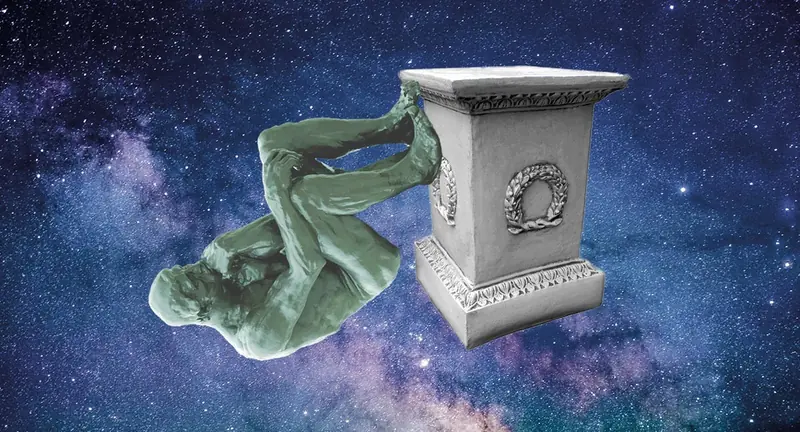
Humor to the Rescue
The initiator of the Ig Nobel Prize was then-editor and co-founder of the Annals of Improbable Research, Marc Abrahams. With a Harvard math education, he became the master of ceremonies for the annual “anti-science” award under pressure from circumstances. The magazine he created about improbable research constantly received submissions from authors of various unconventional discoveries that seemed dubious at best. The editor described his impressions of these ideas: “Scientific progress begins with curiosity and the search for answers to questions that others don’t care about. When serious research leads to funny results, a sense of humor saves us from despair. The Ig Nobel Prize is an attempt to draw attention to research efforts that go unrecognized in other ways.”

Marc Abrahams
Ten Ig Nobel Prizes are awarded each year in September for unusual and humorous research aimed at sparking public interest in science, medicine, and technology. Despite the symbolic nature of the award (which is worth 10 trillion Zimbabwean dollars or 10 U.S. dollars), the ceremony honoring the laureates is noteworthy—if only because real Nobel laureates participate in the event at Harvard University’s Sanders Theatre. One of them, physicist Roy Glauber, is even tasked with cleaning up after the ceremonies, as he holds the title of “keeper of the broom.” In 2005, the scientist was unable to fulfill the Ig Nobel Committee’s request because he missed the event due to receiving his own Nobel Prize.
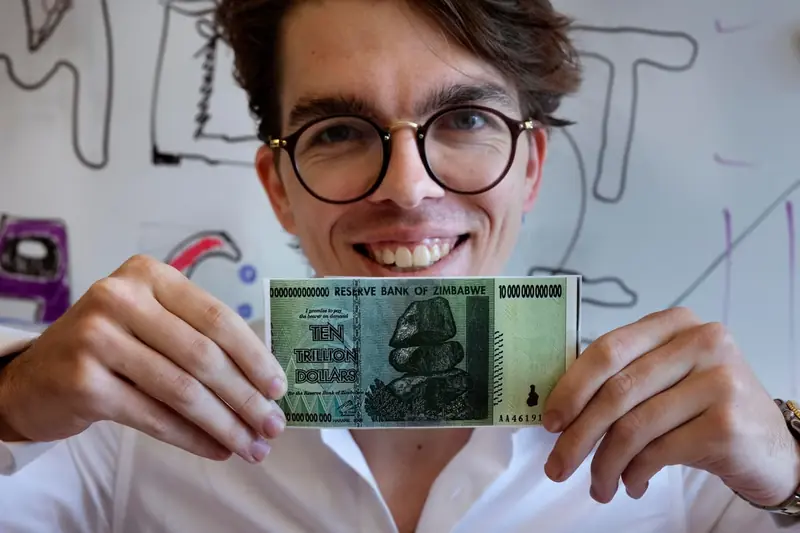
Moment of Fame
The Ig Nobel Prize is awarded alongside a statuette resembling movable jaws on a pedestal, a foil medal, and a certificate signed by three Nobel laureates certifying the award. The award ceremony is broadcast live—on television, radio, and the official prize website. Ig Nobel laureates are given the opportunity to deliver a brief speech, but their time at the microphone is limited to one minute. Overly talkative honorees are playfully ushered off the stage by a whimsical young audience member who complains of boredom. Scholars will have more time to speak after the ceremony, as they can explain the essence and significance of their research during special lectures at the Massachusetts Institute of Technology.
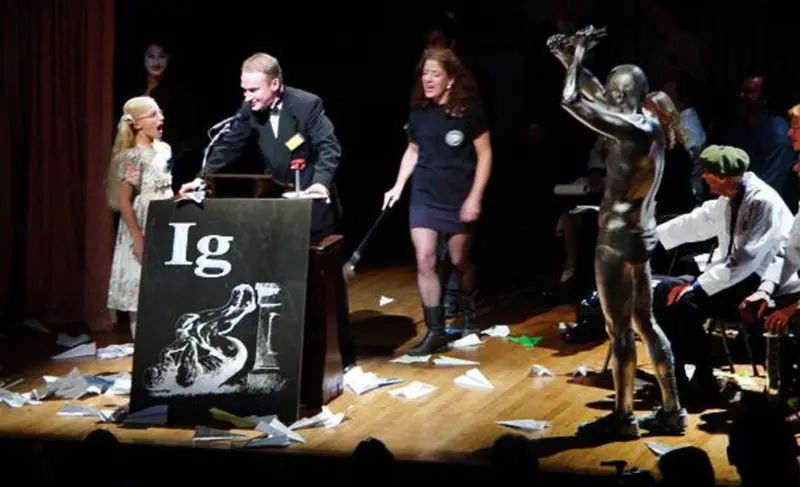
Because the awarding of the Ig Nobel Prize can be interpreted as criticism, organizers were asked not to apply the “anti-award” to British scientists, who are already the subject of ridicule in jokes. The argument from the British government’s scientific advisor, Robert May, in 1995 was that the American prize could harm the scientific reputation of the British. The defender of scientists rightly noted that even research that may be useful to someone can be mocked. However, the scientists themselves did not request “untouchability.” There are well-known instances of Ig Nobel Prizes being awarded even to Nobel laureates. The first such example was Bart Knols: in 2005, he received the Nobel Prize in Physics as part of a team from the IAEA, and the following year, he was honored with the anti-award in the “individual category” for his discovery in biology—that female malaria mosquitoes are equally attracted to the smells of cheese and human feet.

Deliberately Uninventive
During the COVID-19 pandemic, leaders of various countries were announced as Ig Nobel Prize laureates for their “anti-achievements”: Boris Johnson, Donald Trump, Recep Tayyip Erdoğan, Jair Bolsonaro, Andrés Manuel López Obrador, Gurbanguly Berdimuhamedow, Vladimir Putin, and Alexander Lukashenko (who received the “dishonorable” prize twice). The Ig Nobel Prize in the “Management” category was awarded to five Chinese professional hitmen who hired each other for contract killings, each time lowering their fee (ultimately, the contract went unfulfilled). However, in most cases, dubious “honors” are awarded to authors of actual scientific works, including discoveries that dogs tend to relieve themselves facing south, that the presence of people sexually arouses ostriches, that black holes are physically suitable for housing hell, and that “lying policemen” can be used to diagnose acute appendicitis.
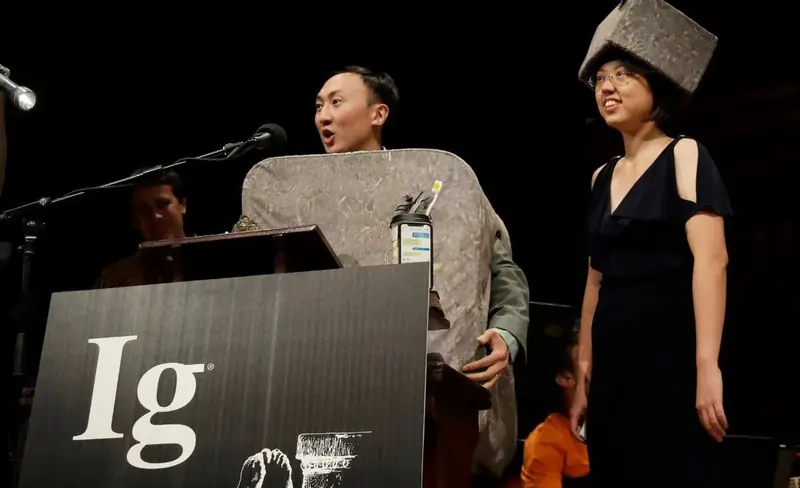
Among the Ig Nobel Prize laureates were two co-authors who investigated the most painful spots of wasp stings on themselves. Another pair of researchers calculated, using modern mathematical analysis, the probability of the Moroccan Sultan Ismail the Bloodthirsty fathering 888 children. Researchers also studied the impact of constipation on scorpion mating and examined the nature of boredom among teachers and students. Engineers determined the optimal finger positioning when turning a doorknob, art historians analyzed ritual enemas on ancient Mayan pottery, physicists studied how ducklings manage to swim in formation, and economists established an algorithm by which gossipers alternate between truth and fiction. Last year’s laureates were concerned with what people feel when repeating the word “many, many, many, many, many, many, many times,” whether the amount of hair in both nostrils is the same, and why scientists enjoy licking stones.
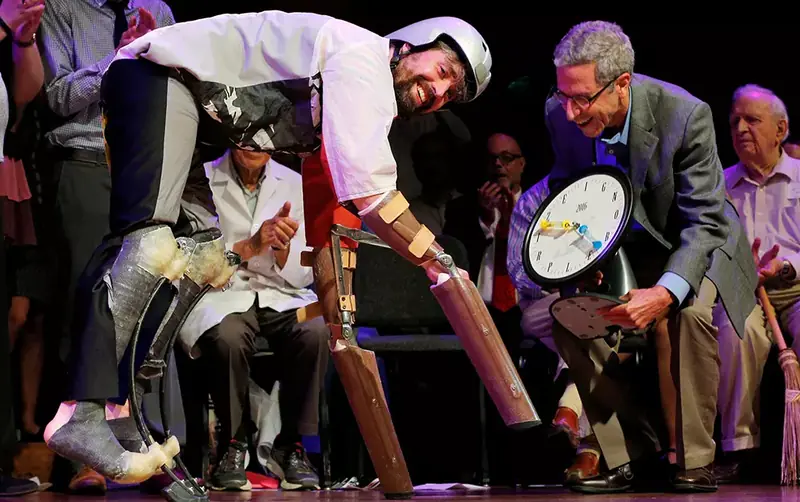
What Researchers Studied
The Ig Nobel Prize has been awarded to authors of a mathematical explanation of why success is a result of luck rather than talent. Among the topics mentioned are the proof that excess weight in officials and politicians increases the amounts of bribes offered to them, that a beard protects the jaw from fractures upon impact, and that one can identify a psychological “narcissist” by their eyebrows. Ig Nobel laureates have studied the temperature difference in the genitals of clothed and unclothed postal workers, traced the correlation between passionate kisses and income inequality, measured the amount of saliva in infants, and invented a machine for replacing used diapers. Researchers have investigated which body parts are most pleasant to scratch, why some feces are cubic in shape, and how riding roller coasters can help treat bronchial asthma and quickly expel kidney stones.

The Ig Nobel Prize in the humorous category of “Healthy Eating” was awarded to research by scientists from Zimbabwe, Tanzania, and Great Britain on the insufficient nutritional value of a diet based on cannibalism. The award in the context of “Reproduction” went to studies on the impact of synthetic materials in underwear on arousal and fertility, as well as the development of a method for determining nocturnal erections using postage stamps. Winners in the “Biology” section included the discoverers of insects in which females have male reproductive organs and males have female ones (presumably, the achievement of the experts lay in their ability to recognize their true sex). In the “World” category, the Ig Nobel Prize has, at different times, been awarded to the inventor of karaoke (for a new method of fostering tolerance) and to authors who proved that plants have their own dignity and that coarse language alleviates pain.
P.S. Each award ceremony traditionally concludes with a wish for success next time—for those who did not receive the Ig Nobel Prize, and especially for those who did. Soon we will find out who luck will smile upon this year (or rather, whom it will play a joke on).
